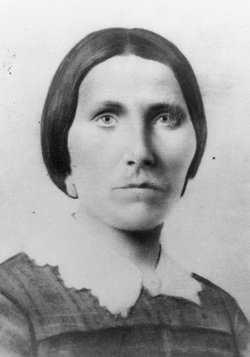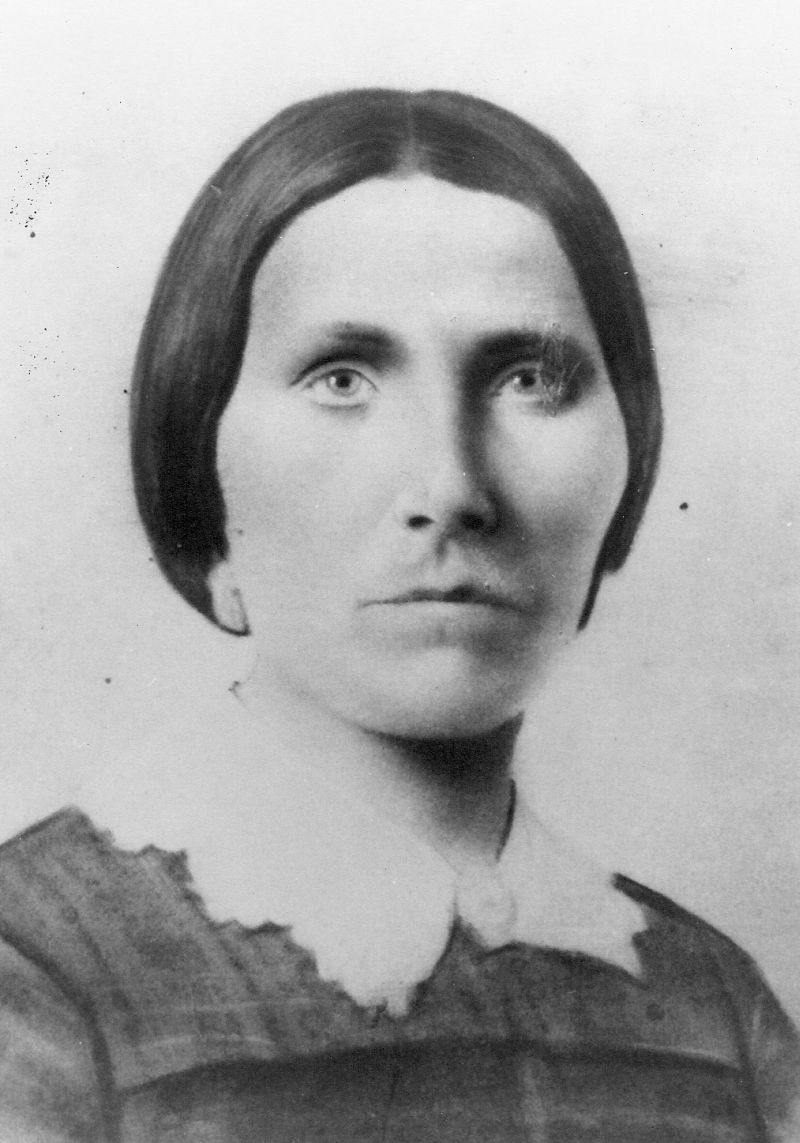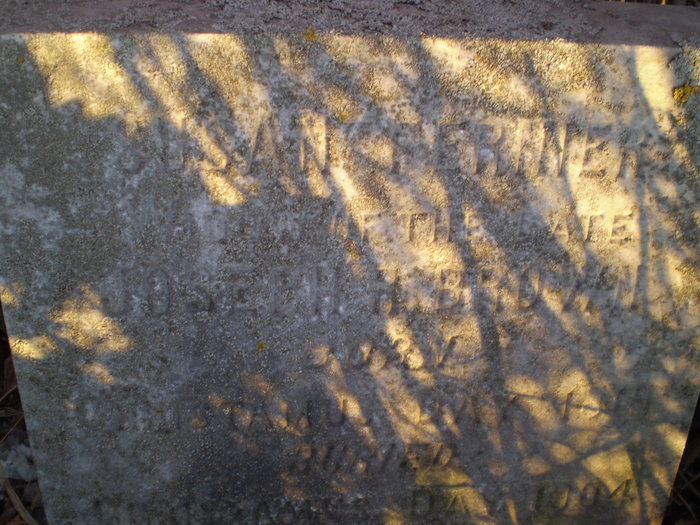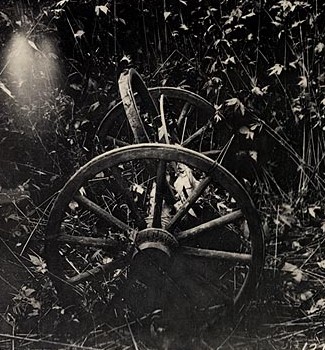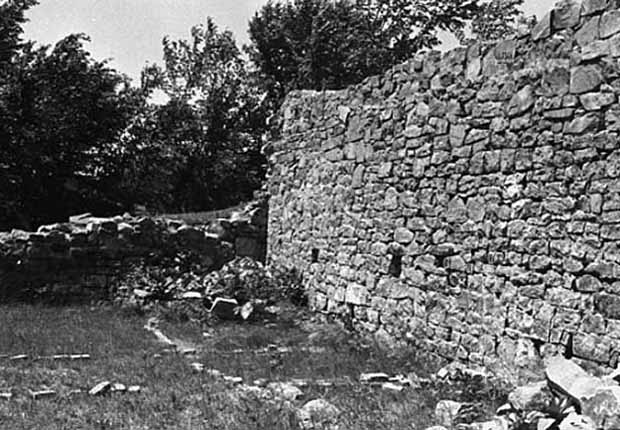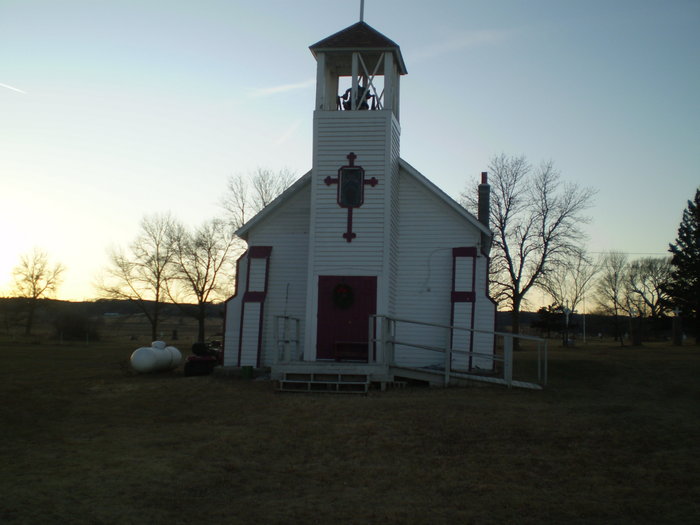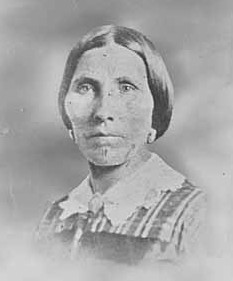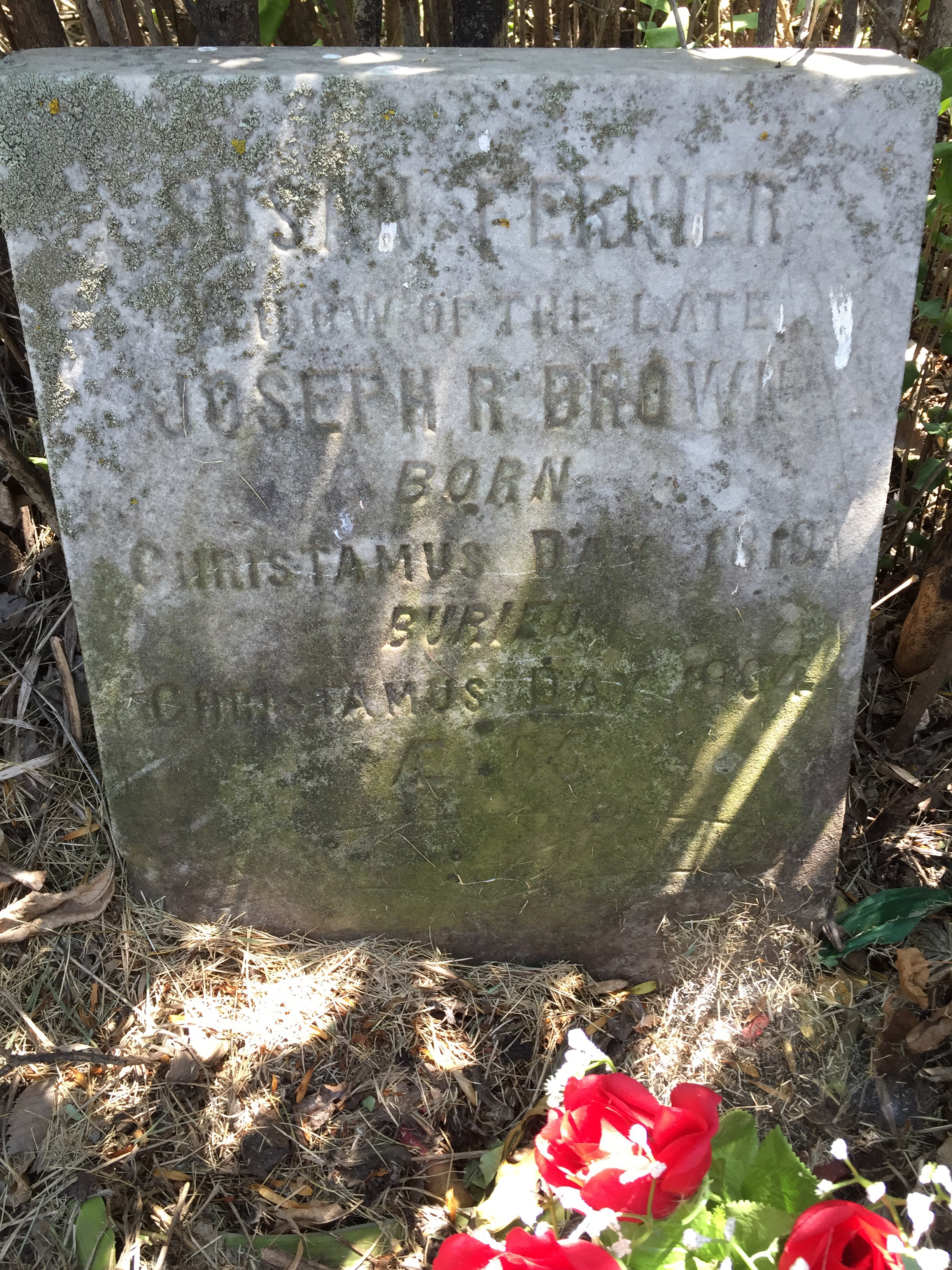She married Joseph Renshaw Brown at Lake Traverse in 1835. During the 1840's, they lived in Wisconsin Territory at a town site that he platted and named "Dakota;" the town is known today as Stillwater, Minnesota.
In the 1850's, they lived at Henderson, Minnesota, which was also platted by her husband. He served as secretary of the Territorial Council, chief clerk of the House of Representatives, and a member of both the State House and Senate. He edited the Minnesota Pioneer and published his own newspaper at Henderson.
In 1857, her husband was appointed by Henry Sibley to serve as U. S. Indian Agent for the Dakota, a federal political appointment. Her home between 1857 and 1861 was at the Upper Agency (Yellow Medicine). In 1861, her husband was replaced by Thomas Galbraith, a Republican appointee. Galbraith was unfamiliar and unsympathetic with the Dakota people and their needs.
Today, many historians believe that the removal of Brown from the position of Indian Agent was a major factor in the increased tension which fueled the Dakota War of 1862.
After Brown lost his position as Agent, he built a large house made of stone from granite quarries in Minnesota. Construction began in June 1861. The house was 3 1/2 stories and had 19 rooms and about 30 windows. Susan's kitchen, dining room, and pantries were on the first floor. She furnished the house with upholstered furniture, heavy damask curtains, bronze and crystal chandeliers, a piano, and the latest cooking and serving utensils.
The house had just been completed when the Dakota War broke out on August 18, 1862. On August 19, Susan, her 12 children, hired help and neighbors abandoned the house and fled to Fort Ridgely for safety. Sometime during the war, the house was destroyed by fire.
On the way to Fort Ridgely, they were surrounded by hostile Dakotas, including Cut Nose, Shakopee, and Dowanniye. Susan was a mixed-blood Dakota and made her influential connections with many Sisseton and Wahpeton chiefs known. She stood up in the wagon, waved her shawl and cried in a loud voice, in the Dakota language, that she was a Sisseton and a relative of Wannaton, Scarlet Plume, Sweet Corn, and Ah-Kee-Pah, and the friend of Standing Buffalo, and that she expected protection. One of the warriors recognized her as the daughter of the woman who had saved his life the previous winter, and jumped into the wagon and testified on her behalf. Chief Little Crow then brought her and her family and some of their neighbors to his own house, where he said he would treat them like family. Over the next few days, he spent a great deal of time talking to her, and he protected her and her family during their time of captivity. Six weeks later, they were freed at Camp Release.
After her husband died in 1870, she spent her remaining years living at the Sisseton Agency near her son Joseph.
The granite ruins of her home can be seen at the Joseph R. Brown Memorial and State Wayside Rest, on Renville County Highway 15, south of Sacred Heart, Minnesota.
Sources:
Michno, Gregory and Michno, Susan. "A Fate Worse Than Death: Indian Captivities in the West, 1830-1885."
Wakefield, Sarah F. and Namias, June. "Six Weeks in the Sioux Tepees: A Narrative of Indian Captivity."
She married Joseph Renshaw Brown at Lake Traverse in 1835. During the 1840's, they lived in Wisconsin Territory at a town site that he platted and named "Dakota;" the town is known today as Stillwater, Minnesota.
In the 1850's, they lived at Henderson, Minnesota, which was also platted by her husband. He served as secretary of the Territorial Council, chief clerk of the House of Representatives, and a member of both the State House and Senate. He edited the Minnesota Pioneer and published his own newspaper at Henderson.
In 1857, her husband was appointed by Henry Sibley to serve as U. S. Indian Agent for the Dakota, a federal political appointment. Her home between 1857 and 1861 was at the Upper Agency (Yellow Medicine). In 1861, her husband was replaced by Thomas Galbraith, a Republican appointee. Galbraith was unfamiliar and unsympathetic with the Dakota people and their needs.
Today, many historians believe that the removal of Brown from the position of Indian Agent was a major factor in the increased tension which fueled the Dakota War of 1862.
After Brown lost his position as Agent, he built a large house made of stone from granite quarries in Minnesota. Construction began in June 1861. The house was 3 1/2 stories and had 19 rooms and about 30 windows. Susan's kitchen, dining room, and pantries were on the first floor. She furnished the house with upholstered furniture, heavy damask curtains, bronze and crystal chandeliers, a piano, and the latest cooking and serving utensils.
The house had just been completed when the Dakota War broke out on August 18, 1862. On August 19, Susan, her 12 children, hired help and neighbors abandoned the house and fled to Fort Ridgely for safety. Sometime during the war, the house was destroyed by fire.
On the way to Fort Ridgely, they were surrounded by hostile Dakotas, including Cut Nose, Shakopee, and Dowanniye. Susan was a mixed-blood Dakota and made her influential connections with many Sisseton and Wahpeton chiefs known. She stood up in the wagon, waved her shawl and cried in a loud voice, in the Dakota language, that she was a Sisseton and a relative of Wannaton, Scarlet Plume, Sweet Corn, and Ah-Kee-Pah, and the friend of Standing Buffalo, and that she expected protection. One of the warriors recognized her as the daughter of the woman who had saved his life the previous winter, and jumped into the wagon and testified on her behalf. Chief Little Crow then brought her and her family and some of their neighbors to his own house, where he said he would treat them like family. Over the next few days, he spent a great deal of time talking to her, and he protected her and her family during their time of captivity. Six weeks later, they were freed at Camp Release.
After her husband died in 1870, she spent her remaining years living at the Sisseton Agency near her son Joseph.
The granite ruins of her home can be seen at the Joseph R. Brown Memorial and State Wayside Rest, on Renville County Highway 15, south of Sacred Heart, Minnesota.
Sources:
Michno, Gregory and Michno, Susan. "A Fate Worse Than Death: Indian Captivities in the West, 1830-1885."
Wakefield, Sarah F. and Namias, June. "Six Weeks in the Sioux Tepees: A Narrative of Indian Captivity."
Inscription
Susan Frenier
Wife of the late Joseph R Brown
Born Christmas Day 1819
Buried Christmas Day 1904
